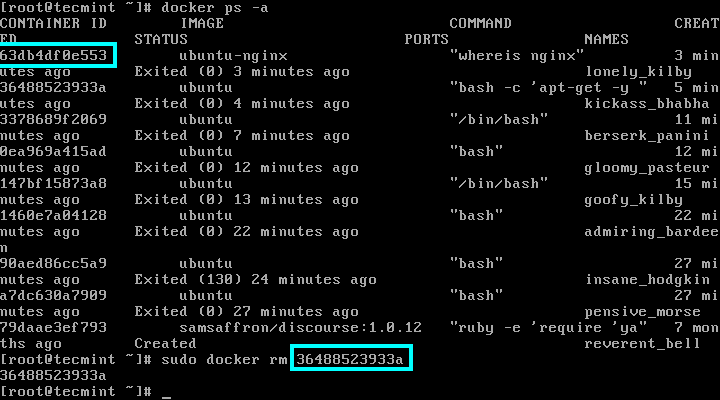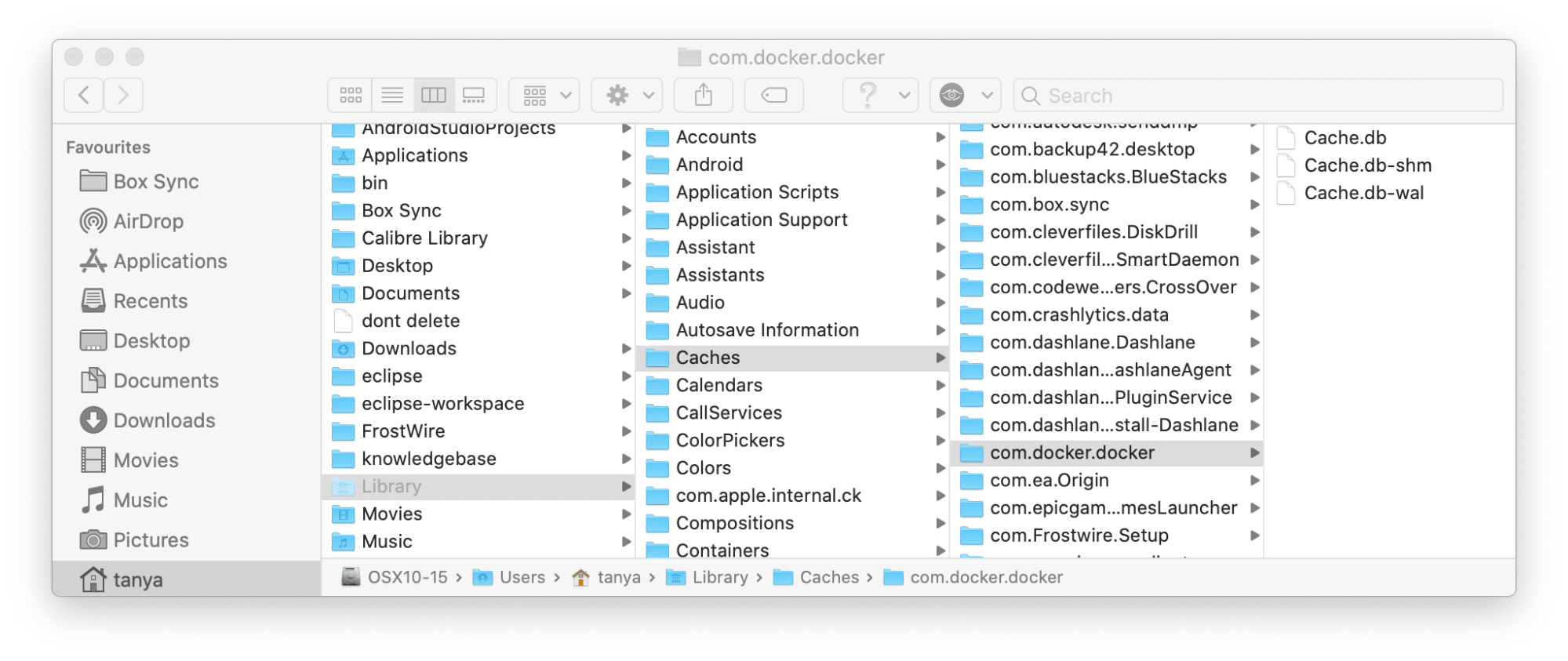

You can also use docker ps -q instead of docker container ls -q. Refer to the following Docker link for more information about securing the Docker daemon configuration. docker stop attempts to trigger a graceful termination of the containers (by sending the SIGTERM signal to the main process inside the container). However, to remediate this issue, ensure all Docker instances are configured to only allow connections from clients authenticated by a certificate signed by a specified Certificate Authority. Implementing Access Control Lists (ACL) to restrict exactly which hosts can access the API will help the mitigation process and reduce the API access threshold. Now I can use the access gained to mount additional attacks against the internal network. Taking a look around the container, I had discovered setup script files with cleartext Active Directory credentials (very privileged account). At this point during the Internal Penetration Test I had gained root access to one of the running containers. The above command should drop you into the container as root. Gain a shell on the remote computer: docker -H : exec -it /bin/bash Information about the images pulled on the host machine: docker -H : images Accessing the remote container (the good stuff): Information about the stopped containers: docker -H : ps -a Information about containers running: docker -H : ps Information about the remote Docker instance: docker -H : info These commands are executed on your testing system. The following commands will allow an attacker to discover sensitive information about the remote docker instance and even gain a shell on the remote container. What’s next? Before continuing be sure to have Docker installed on your testing system.
#Quit all docker instances install#
So, now you’ve found an exposed Docker daemon. Enter these two commands on all three instances sudo apt-get update sudo apt install docker.io Find private IP address of first node which will be your manager node ifconfig Now make your. Not shown: 65498 closed ports, 35 filtered ports

The following techniques can be used to find exposed Docker daemons: About Docker Step 1: Containerize microservices Part 3 Explaining what we will build What we build in this part Need for API gateway About NGINX About Consul-Template and Docker-Compose. I will also provide guidance to teams on the best way to remediate this issue. In the following sections, I will describe how one can find instances of exposed docker daemons and exploit them in the wild. By having the daemon exposed outside of the localhost, the security of the service / containers can be greatly compromised. During a recent internal penetration test I discovered an exposed Docker Daemon. The EOT character can be sent by typing Ctrl+D.This blog post will focus on exploiting exposed Docker daemons. In the case of psql, this will cause the program to exit. The EOT character signals the end of a file to a program that is waiting for input. You can also quit psql using the End-of-Transmission (EOT) character. Exiting psql Using an End-of-Transmission Character For more information about this and other meta-commands use the meta-command \?. The most common way to exit psql is using a meta-command. They are denoted by a backslash and then followed by the command and its arguments.

Psql has a concept of meta-commands which are commands that are evaluated by psql before ever sending anything to the database server. Is it quit? quit()? exit? Ctrl+C? I give up! In this tutorial, we’ll go over the exact commands you can use to quit psql. Command line utilities often use different conventions for exiting and it can be difficult to remember the exact command for the utility you’re using.


 0 kommentar(er)
0 kommentar(er)
